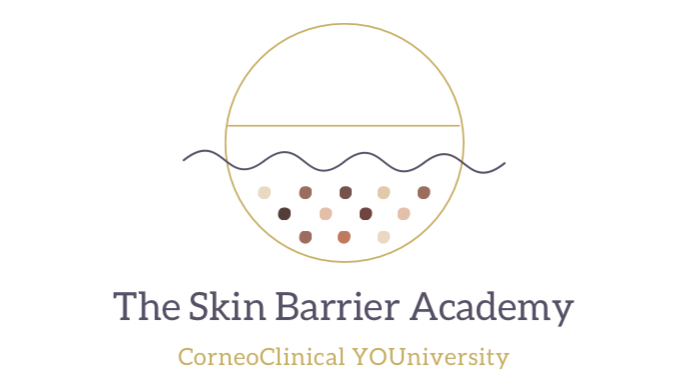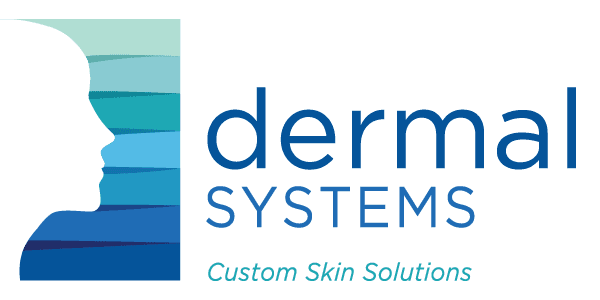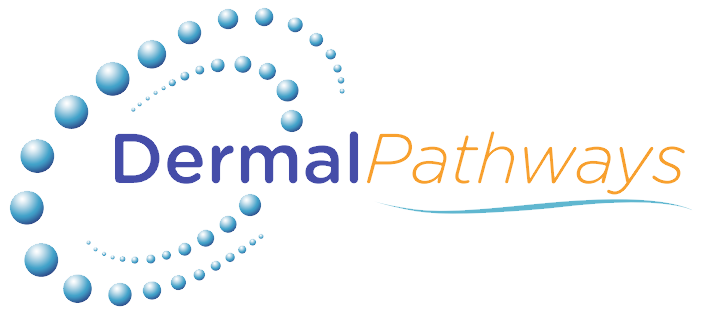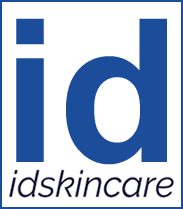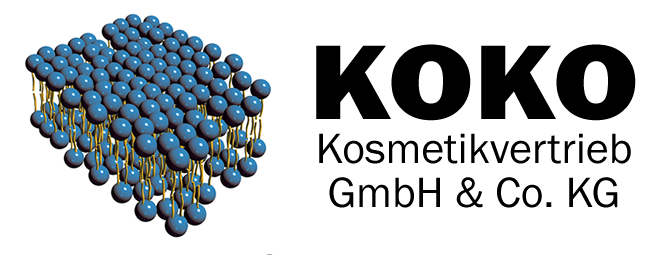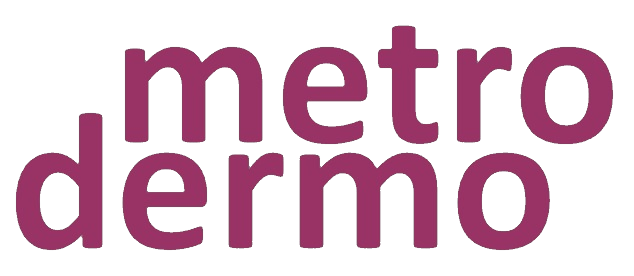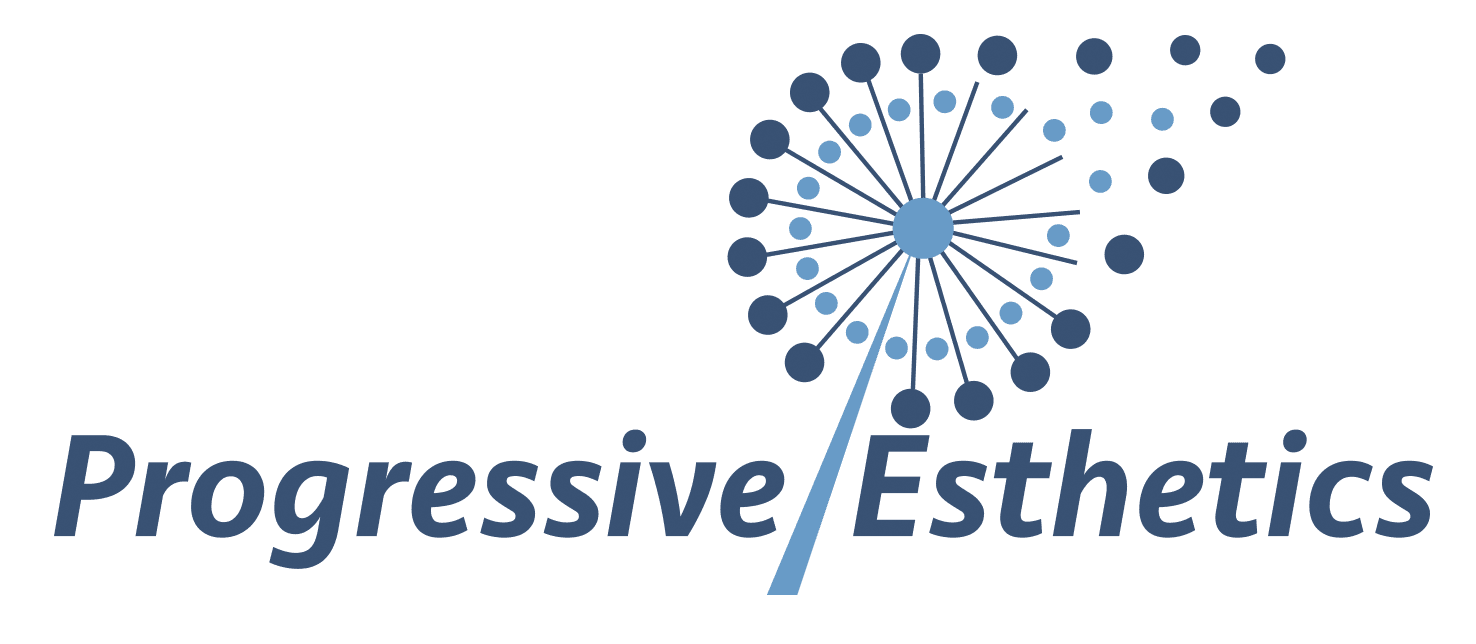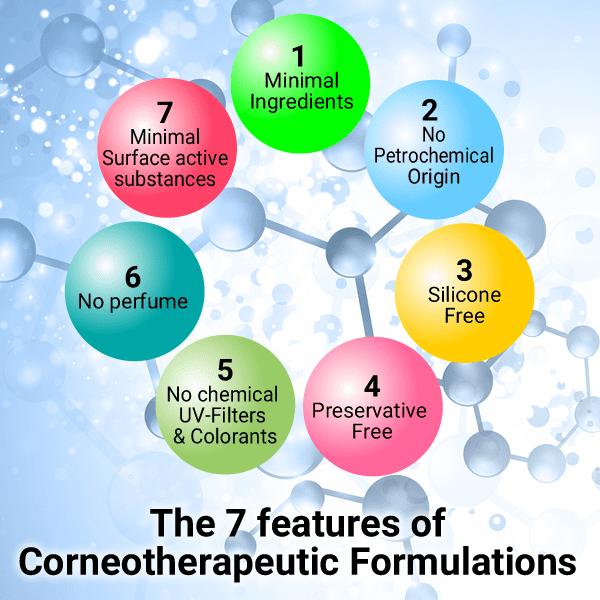 1. Short ingredient listing:
1. Short ingredient listing:
For corneotherapeutic approaches it is like mixing a good cocktail; the fewer ingredients the better it is. Less ingredients also means less risks for allergies. You might want to say, ok there is a product on the market we all know: Vaseline. It fulfills the first requirement, but…
2. No ingredients derived from petrochemical origin:
Mineral oils and waxes have been widely used in dermatological formulations as they are inert. They do not oxidize, they are tolerated well and cheap. So the reason not to use ingredients from petrochemical origin is less in their suitability for the application of active ingredients, but due to reasons that in corneotherapy we want to use lipids that mimic the skin lipids and are from natural origin. This also has become a mega trend and natural cosmetic boom. Nevertheless there are still many products in the market that are advertised for problematic skin and still contain mineral oils.
The list is not restricted to Vaseline alone. https://www.cetaphil.com/us/body-moisturizers/moisturizing-cream/302993917564.html
3. Silicone free:
Silicones such as Dimethicone are listed as skin protection ingredients (FDA) and are widely used in dermatological formulations. http://www.dejayu.de/ein-abgesang-silikone-in-kosmetik-ohne-zukunft/ It can be debated whether they belong to point 2 derived from petrochemicals or should be treated separately. I choose a separate point, because silicones also offer formulatory benefits. Such as water free formulation of ascorbic acid, like Kiehls ”Powerful-strength line-reducing concentrate”. Such formulations are not corneotherapeutic as discussed under point 2.
4. Preservative* free:
The debate about the negative effects of preservatives on skin is old. In the cosmetic regulations preservatives are treated separately and have to be toxicologically monitored, before they are authorized. The main adverse effects of preservatives on skin are allergies and irritations. They are used to protect the product from microbiological contamination which also poses a risk for the consumer! As many consumers do not want to have “classical” preservatives in their products many alternatives are used. For natural cosmetics for instance benzoic and sorbic acid are authorized, for corneotherapeutics they are not applicable. The market has changed considerably in the past years and many companies formulate products without classical preservatives.
5. No chemical UV-Filters* and colorants:
Besides preservatives UV Filters and colorants have to be monitored and authorized for use. It goes without saying that these substances are not suitable for corneotherapeutic use. Therefore mineral UV Filters like TiO2 or ZnO are used as well as mineral colorants like TiO2 and Iron Oxides.
6. No perfume*:
In skin care formulations usually perfume oils are used, which are different to those in a flacon. But they pose a risk for the consumers: allergies. This is independent of their origin. And also applies for aromatherapeutic formulations http://www.dejayu.de/aromatherapie-mit-chemischen-botenstoffen-die-psyche-heilen/ . Scents therefore should not come into contact with the skin.
7. Surface active substances:
Surface active substances is the technical term for surfactants and emulsifiers, which are essential either to cleanse or to form emulsions. As they are essential to form most of the cosmetic products they are also incorporated in corneotherapeutic formulations.
Many formulations contain hydrogenated lecithins, but other emulsifiers / surfactants are also possible. Important is, that they have a certain similarity to skin lipids, are naturally derived and are non irritant in the case of surfactants. This therefore excludes ethoxylated emulsifiers, lauryl ether sulfates, Silicone emulsifiers and emulsifiers with high HLB values.
I marked some substances with asterisk. Within these groups some substances can act as endocrine disruptors, means that they exhibit hormone like effects. I regard their effect for humans to be of minor importance, but many other animals like fish or insects react very sensitive. Therefor it is wise to ban those substances from use.
As corneotherapeutics are not common in dermatology yet, the dermatologic market is full of formulations that not even comply to the first two features. On the other hand, there are formulations with therapeutic benefits like the products from “Gladskin”, which use endolysines derived from phages in order to treat skin problems https://www.dejayu.de/viren-gegen-akne-wie-phagen-die-hautpflege-revolutionieren-koennen/ .
They cannot be formulated according to corneotherapeutic principles due to stability reasons of the enzymes. Other products that claim to strenghthen the skin microbiome, like “ibiotics” do not comply as they contain preservatives. Nevertheless these products might be really effective.
Others I regard as critical, like the Cream “Adtop” from dermascence, that targets the microbiome for atopic skin by using Silver Chloride and Piroctone Olamine (anti dandruff agent) and therefore clearly is a borderline product.
A good example is “Imlan cream” that contains three ingredients only https://www.dejayu.de/das-corona-handekzem-vorbeugung-und-heilung/ .
Also many solid cleansing products https://www.dejayu.de/der-neue-trend-wasserfrei-waschen-und-feste-reinigen/ comply to corneotherapeutic principles.
Biomimetic emulsifiers are gaining market share. Big raw material suppliers are launching mild, soft and lamellar emulsifiers derived from sunflower lecithins. Noteworthy are “SLM Eco” from Lipoid GmbH INCI: Aqua (Water), Caprylic/Capric Triglyceride, Hydrogenated Phosphatidylcholine, Pentylene Glycol, Glycerin, Butyrospermum Parkii (Shea) Butter, Squalane, Ceramide NP and “Heliosoft” from Lucas Meyer, INCI: Behenyl Alcohol, Glyceryl Behenate, Lecithin.
With these products readily available we can expect to see more corneotherapeutic formulations entering the market, soon.
 About the Author:
About the Author:
Dr Ghita Lanzendörfer-Yu (PhD) is an Inorganic chemist and Independent Consultant based in Mülheim-Ruhr,Germany.
Her fields of activity are:
• Consulting on cosmetic development
• Consulting on cosmetic production
• Skin structure – Efficacy of cosmetic formulations
• Publishing – Blogging on cosmetic topics at https://www.dejayu.de/

